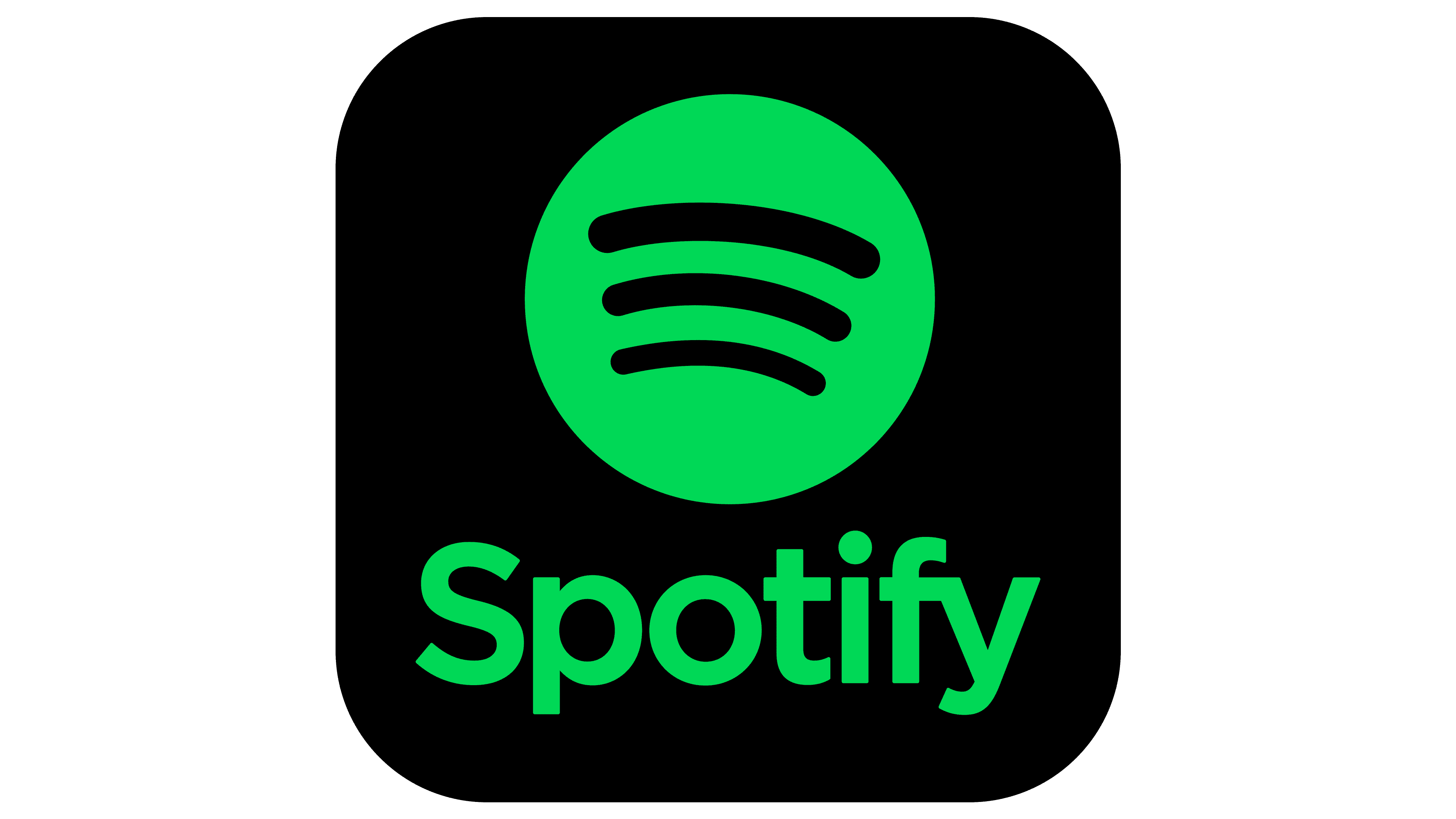About Exploratory Data Analysis on "Top Songs of Spotify" between 2010-2022. This report explores on different data relations which can be formed from the given dataset.
Spotify is a digital music streaming service that provides users access to over 82 million songs, podcasts and audio books. The app was developed by Daniel Ek and Martin Lorenzton in 2006. This app has become a family name over the years and boasts over 457 million subscribers as of 2022, rivaling SoundCloud and Apple Music.
Spotify measures the popularity of its' artists based on their monthly listeners and number of streams they receive on songs produced. These streams are then multipled by (0.003) and paid to artists as "Royalties", it is a modernized system of monetizing digital sales from traditional album sales (100 streams = 1 album). Ed Sheeran was Spotify's most streamed artist in 2019, however, the rank placements change rapidly depending on album relases, EP's, mixtapes and so forth!
Spotify is a perfect dataset to measure the popularity of songs against various music elements, across a large set of songs throughout the decades. This analysis can be used to demonstrate how peoples music tastes have been translated throughout the past two decades!
I will be creating an exploratory analysis by creating data visualizations and conducting statistical analyses to investigate the relationship between the use of non-traditional musical elements and the popularity of Spotify hits from 2000 to 2019.
Track Metadata
| column | description |
|---|---|
| track_name | Song title |
| artist_name | Song artist |
| artist_genre | Song genre category |
| year | Song Billboard chart entry year |
Audio Numerical Quantitive Data
| column | description |
|---|---|
| loudness | Loudness - How loud a song is (db) |
| duration_ms | Duration - How long the song is (seconds) |
| tempo | Tempo - How fast a song is (bpm) |
Audio Qualitative Data
| column | description |
|---|---|
| energy | Energy level - How energetic the song is |
| danceability | How easy it is to dance to |
| valence | How positive the mood of the song is |
| acousticness | How accoustic sounding the song is |
| speechiness | How much of a song is spoken word |
| track_popularity | How popular a song is (as of time of data collection) |
Link to Dataset: https://www.kaggle.com/datasets/josephinelsy/spotify-top-hit-playlist-2010-2022
- Excel (Data Cleaning)
- SQL (Exploratory Data Analysis, Case, Subqueries)
- Top Songs based on popularity
- Top songs from each year
- Analysis based on Tempo
- Analysis based on energy (db)
- Analysis based on Danceability
- Analysis based on Loudness
- Analysis based on Valency
- Analysis based on Speechiness
- Analysis based on Acousticness
To view the analysis Click Here
In conclusion, this analysis demonstrates the dynamic and evolving nature of musical preferences on Spotify from 2010 to 2022. While there are general trends that suggest what makes a song popular, there are always exceptions and outliers that capture the hearts of listeners. This dataset serves as a testament to the ever-changing landscape of music, driven by innovation, creativity, and the evolving tastes of music enthusiasts.
Understanding these trends can be invaluable for artists, record labels, and music producers looking to create music that resonates with a broad audience on streaming platforms like Spotify. Additionally, this analysis provides music enthusiasts with a glimpse into the fascinating world of data-driven music exploration, where numbers and statistics harmonize with melodies and lyrics to create a richer listening experience.
Thank you!


